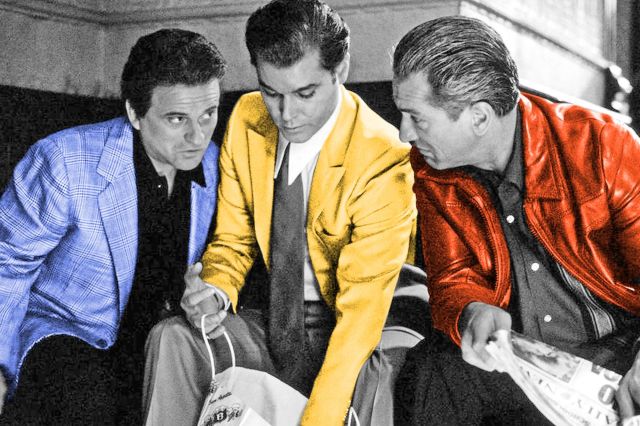
A Nightmare on Elm Street (1984)
Freddy Krueger isn’t real and there have been zero confirmed cases of teenagers being murdered in their dreams (thankfully!), but that doesn’t mean that Wes Craven’s landmark slasher series wasn’t inspired by a real story. Years before dreaming up Elm Street, the horror maestro became fascinated by a series of newspaper articles about refugees from Laos, Cambodia, and Vietnam who were afflicted with nightmares so disturbing that they forced themselves to stay awake — and, in some cases, died upon finally falling asleep.
“It was a series of articles in the L.A. Times; three small articles about men from South East Asia, who were from immigrant families and had died in the middle of nightmares — and the paper never correlated them, never said, ‘Hey, we’ve had another story like this,’” Craven explained in a 2008 interview. Other research has shown that the phenomenon primarily affected Laotian male refugees from the Hmong ethnic group, an ethnicity that fought alongside the U.S. in the Vietnam war and was subsequently persecuted in Laos after the war ended. Many later suffered traumatic resettlements in the U.S. In the newspaper articles, there were no reports of a man wearing a striped red-and-green sweater — but the core of the idea was the same.

Goodfellas (1990)
Whether or not the mobsters in Martin Scorsese’s crime classic are actually good fellas is debatable, but one thing is certain: They were at least based on real fellas. Adapted from Nicholas Pileggi’s book Wiseguy: Life in a Mafia Family, Goodfellas envisions mafiosa-turned-informant Henry Hill as a made man whose life of crime represents a fulfillment of his childhood dream — there’s a reason the movie’s first line is, “as far back as I can remember, I always wanted to be a gangster.”
The fact that Scorsese had already directed revered crime pictures such as Mean Streets and Taxi Driver made him reluctant to make another, but coming across Wiseguy was more than enough to change his mind. “I just read your book. I’ve been looking for it for years,” Scorsese told Pileggi over the phone when pitching the idea of adapting it. “Well, I’ve been waiting for this call all my life!” Pileggi replied. The rest, as they say, is history.

Three Billboards Outside Ebbing, Missouri (2017)
If you believe that truth is stranger than fiction, you won’t be surprised to learn that Three Billboards Outside Ebbing, Missouri’s inventive premise was borne of more than writer-director Martin McDonagh’s imagination. The Oscar-winning drama stars Frances McDormand as a grieving mother who, months after the rape and murder of her daughter, takes matters into her own hands by calling out law enforcement’s lack of progress on the case with a series of accusatory billboards.
McDonagh revealed how the idea came to him in an interview conducted shortly after the film’s release: “Twenty years ago I was on a bus going through the southern states of America, and somewhere along the line, I saw a couple of billboards in a field that were very similar to the billboards that we see in the start of our story,” he told Deadline in 2018. “They were raging and painful and tragic, and calling out the cops.” McDonagh received an Academy Award nomination for his screenplay, and a number of protest groups have since used similar billboards to make their voices heard.
More Interesting Reads

The Exorcist (1973)
Plenty of people consider The Exorcist the scariest movie ever made, and the fact that it’s based on a true story only adds to the terror. The actual practice of exorcism is highly controversial, so when writer William Peter Blatty based his 1971 novel on a particularly disturbing episode he’d first heard about in college, it was perhaps surprising that it was so well received. Blatty adapted the story of a 14-year-old boy whose family had believed he was possessed by a demon. A number of Jesuit priests performed the exorcism in 1949, which one account claims was witnessed by at least 48 people.
“The little boy would go into a seizure and get quite violent,” one of the priests recalled, even going so far as to break that priest’s nose, and he had words like “hell” etched into his skin. Skeptics doubt that the teenager was ever actually possessed, of course, and the boy reportedly went on to lead “a rather ordinary life.” Blatty wrote the script for William Friedkin’s hugely successful adaptation of his novel, and the author-turned-screenwriter won an Academy Award.












